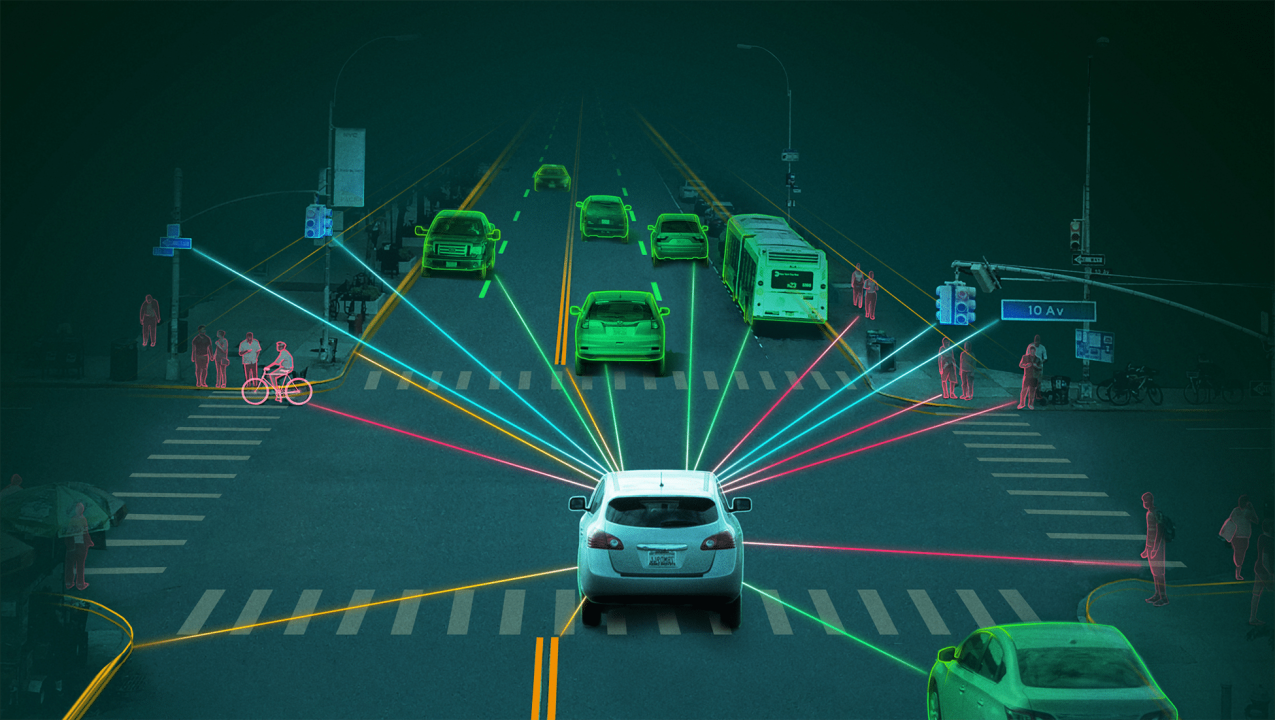Introduction:
The advent of autonomous driving technology represents a transformative shift in the automotive industry, promising to revolutionize the way we move from point A to point B. With the potential to enhance safety, increase efficiency, and redefine the concept of mobility, autonomous vehicles have captured the imagination of policymakers, technologists, and consumers alike. In this article, we explore the world of autonomous driving, examining its benefits, challenges, and the road ahead for this groundbreaking technology.
Introduction to Autonomous Driving Technology:
Autonomous driving, also known as self-driving or driverless technology, refers to vehicles capable of navigating and operating on roads without human intervention. These vehicles utilize a combination of sensors, cameras, radar, and advanced artificial intelligence algorithms to perceive their surroundings, interpret traffic conditions, and make real-time driving decisions. From semi-autonomous features such as adaptive cruise control to fully autonomous systems capable of handling complex driving tasks, the spectrum of autonomous driving technology continues to evolve rapidly.
Benefits of Autonomous Vehicles:
One of the primary benefits of autonomous vehicles is their potential to improve road safety by reducing the incidence of human error, which is a leading cause of traffic accidents. By eliminating the need for human drivers, autonomous vehicles have the potential to significantly reduce the number of collisions, injuries, and fatalities on our roads. Additionally, autonomous driving technology has the potential to increase mobility for individuals with disabilities or mobility limitations, providing greater independence and access to transportation options.
Challenges and Limitations:
Despite their many potential benefits, autonomous vehicles face several challenges and limitations that must be addressed before widespread adoption can occur. One of the most significant challenges is ensuring the safety and reliability of autonomous driving systems, particularly in complex and unpredictable driving environments. Additionally, regulatory and legal frameworks governing autonomous vehicles vary widely between jurisdictions, creating a complex landscape of rules and standards that must be navigated by manufacturers, policymakers, and consumers.
Regulatory and Ethical Considerations:
The development and deployment of autonomous driving technology raise important ethical and regulatory questions that must be carefully considered. Issues such as liability in the event of accidents, data privacy and security, and the ethical dilemmas surrounding decision-making algorithms are among the many challenges facing the autonomous driving industry. Policymakers, industry stakeholders, and ethicists must work together to establish clear guidelines and standards to ensure the safe and ethical implementation of autonomous vehicles on our roads.
Latest Advancements in Autonomous Driving Technology:
Despite the challenges, significant progress continues to be made in the field of autonomous driving technology. Manufacturers and technology companies are investing heavily in research and development, with the aim of bringing fully autonomous vehicles to market in the near future. Recent advancements in sensor technology, machine learning, and vehicle-to-everything (V2X) communication are driving innovation and expanding the capabilities of autonomous driving systems.
Predictions for the Future:
Looking ahead, the future of autonomous driving holds immense promise and potential. As technology continues to advance and regulatory barriers are addressed, autonomous vehicles are expected to become increasingly prevalent on our roads. From autonomous taxis and ride-sharing services to long-haul trucking and public transportation, the applications of autonomous driving technology are vast and varied. By embracing innovation, collaboration, and responsible stewardship, we can harness the power of autonomous vehicles to create safer, more efficient, and more accessible transportation systems for all.
In conclusion, the world of autonomous driving is rapidly evolving, with profound implications for the future of transportation. By understanding the benefits, challenges, and opportunities associated with autonomous vehicles, we can navigate this transformative technology landscape with confidence and foresight. As we embark on this journey towards a driverless future, let us embrace the possibilities of autonomous driving to create a safer, more sustainable, and more inclusive transportation ecosystem for generations to come.




